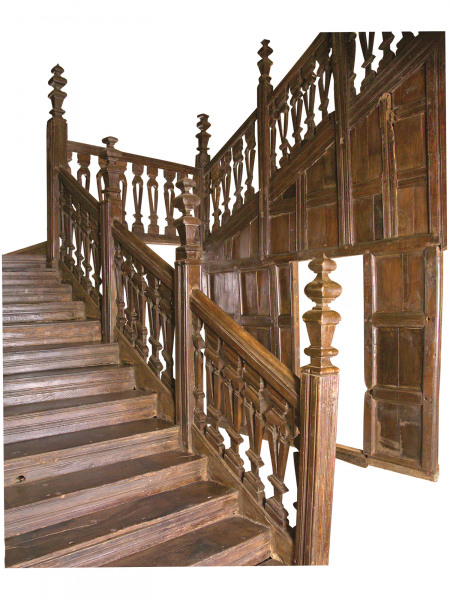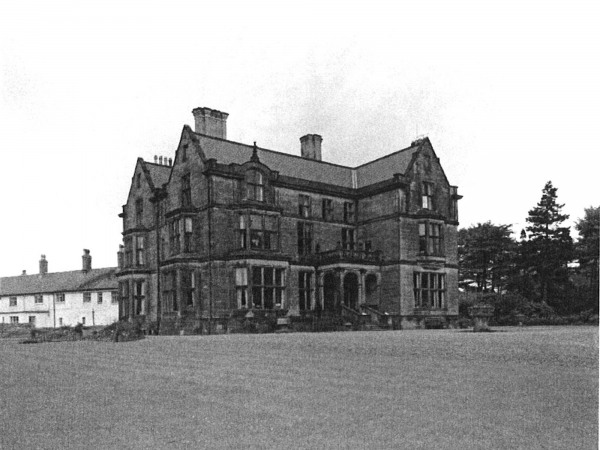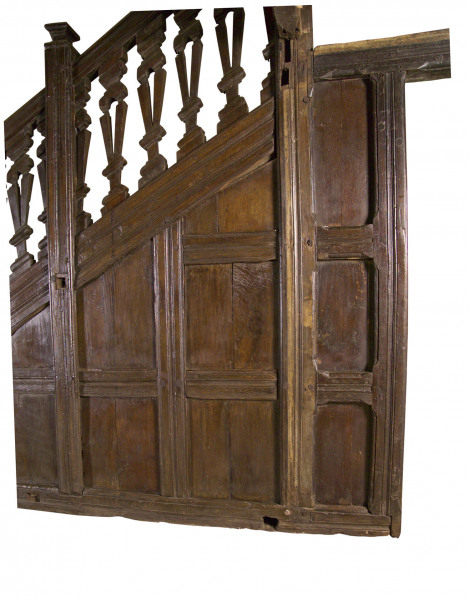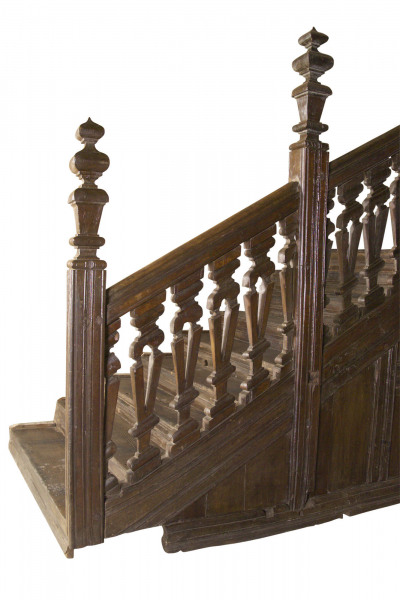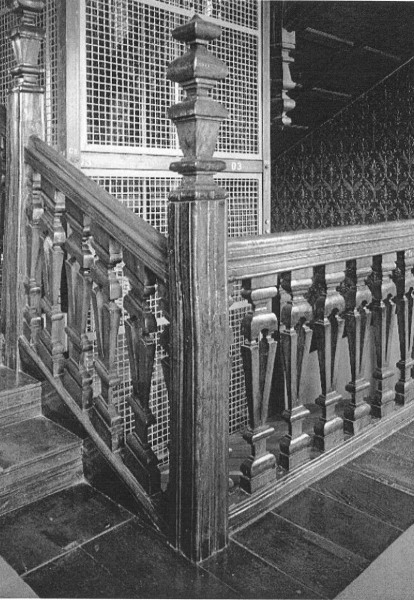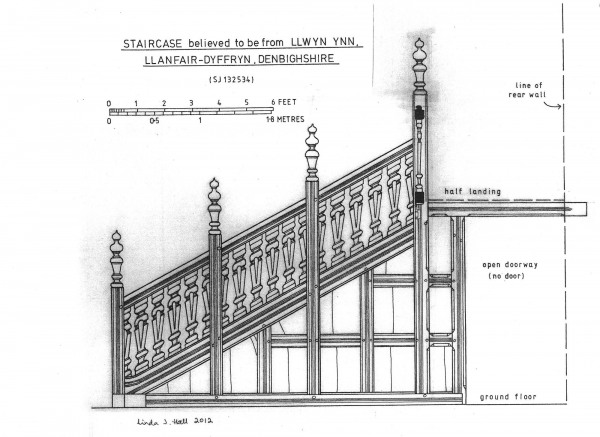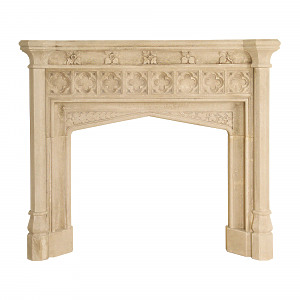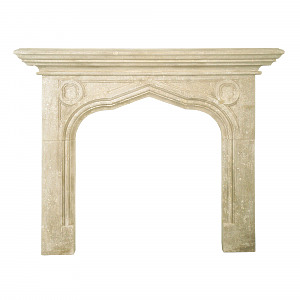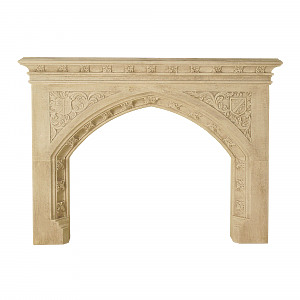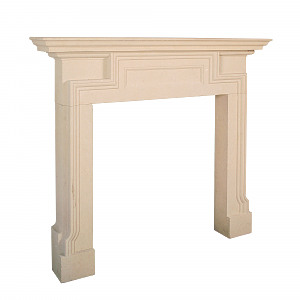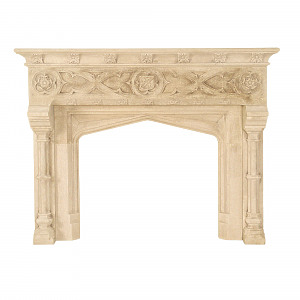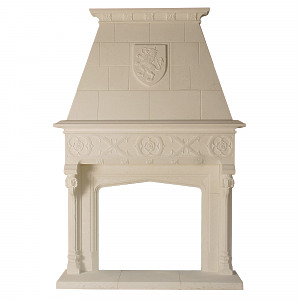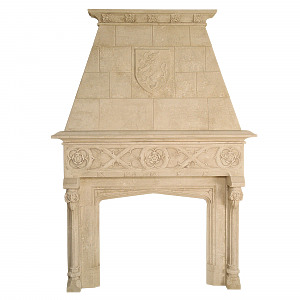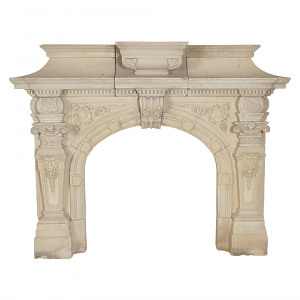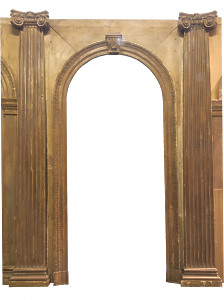The New Hall Staircase
The New Hall Staircase
Circa 1660
Stock Number: 10695/MD
Sold
Previously thought to have possibly come from Wynnstay Hall, this fine 17th century staircase can now be attributed through the detailed research of Linda Hall and Mark Baker to New Hall, Ruabon, a large 17th century house near Wrexhamn, built in the 1660s and demolished in 1969.
The staircase is in the form of an open-well rising though four flights with four landings. The balustrades of the long flights are broken up by intermediate newel posts, a feature found in other Jacobean stairs such as Hanford House, Childe Okeford, in Dorset, built between 1604 and 1623. In addition the newel posts, handrail and string all have a small ovolo moulding to each corner and shallow “shadow moulding” in the centre, giving a richly moulded effect also seen at Hanford House.
The recent provenance to this staircase is to Ruthin Castle, Wales, where it was bought in the 1960s by a Mr Warberton and put into storage after only twelve of the balusters were used. These balusters are still in situ at Ruthin Castle and adorn the minstrels’ gallery in the medieval banqueting hall. For the following forty five years the staircase was stored in the old x- ray department block of Ruthin Castle, which before being converted into an hotel was in use as a hospital from 1920–1960. The concrete building, now overgrown in the castle’s woodland, was a solid and water-tight structure, keeping the staircase in excellent condition when purchased by Architectural Heritage, bringing to light this rare near-complete provenanced stair from the 17th century.
The staircase is in the form of an open-well rising though four flights with four landings. The balustrades of the long flights are broken up by intermediate newel posts, a feature found in other Jacobean stairs such as Hanford House, Childe Okeford, in Dorset, built between 1604 and 1623. In addition the newel posts, handrail and string all have a small ovolo moulding to each corner and shallow “shadow moulding” in the centre, giving a richly moulded effect also seen at Hanford House.
The recent provenance to this staircase is to Ruthin Castle, Wales, where it was bought in the 1960s by a Mr Warberton and put into storage after only twelve of the balusters were used. These balusters are still in situ at Ruthin Castle and adorn the minstrels’ gallery in the medieval banqueting hall. For the following forty five years the staircase was stored in the old x- ray department block of Ruthin Castle, which before being converted into an hotel was in use as a hospital from 1920–1960. The concrete building, now overgrown in the castle’s woodland, was a solid and water-tight structure, keeping the staircase in excellent condition when purchased by Architectural Heritage, bringing to light this rare near-complete provenanced stair from the 17th century.




